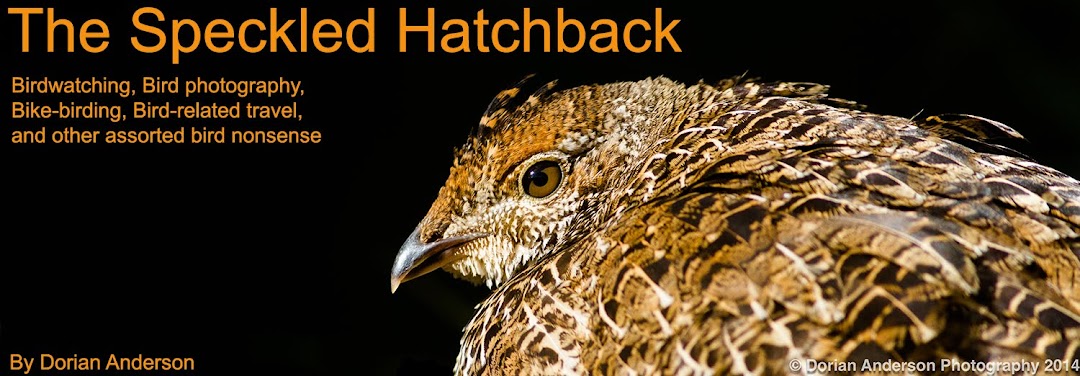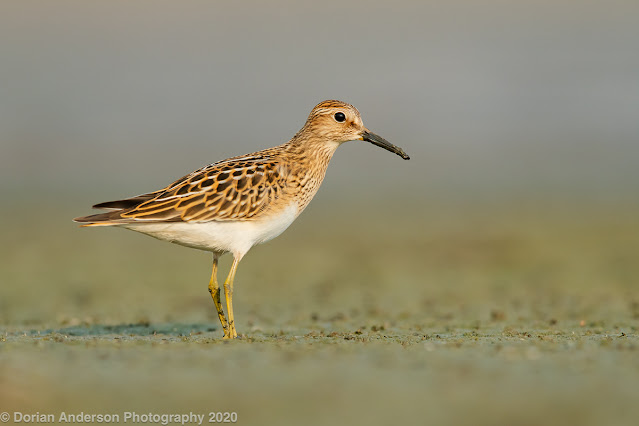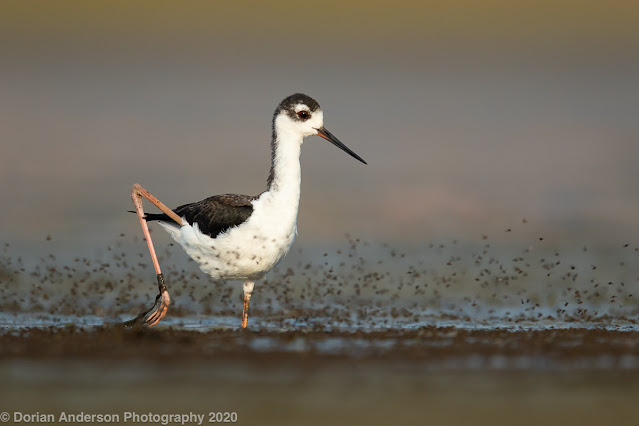Damn, my recent blogging has been shameful! I apologize for the lack of content, and I hope at least a few readers can forgive my extended neglect. I'm going to try to rekindle the blog as shorter days approach, so hopefully some will find refuge in my silly posts these next few months. They're going to be interesting, to say the least.....
I wrote in June that I'd established a torrid bike-birding pace through the first half of this year, and I've continued that momentum through to fall. To date, I've amassed 2,251 miles, the equivalent to driving from San Francisco to Indianapolis. I biked 2,086 miles in 2019 and 2,001 in 2018, so this year represents a significant increase. Stoked cuz though miles allow me more pizza, donuts, and ice cream.2,251 miles from San Francisco to Indianapolis
My cumulative Bay Area Bike List is an ongoing project (obsession?), so I'll use this eBird snap to show the last five birds I've added. I'll say about a few words about the circumstances of each below.
#317 Northern Parula, Fort Mason, San Francisco County, June 30th
Northern Parula (NOPA) was not the bird I set out to find on this day. I was initially pursuing Sooty Shearwater (SOSH) and American White Pelican (AWPE) for the San Francisco County subset of my bike list, but this bird was reported at Fort Mason while I was birding at Chrissy Field, just two miles away. Folding my failed pelican search, I powered towards the parula and found it without much effort. Sadly, the bird was too fast for my lackluster digi-binoc skills.
Incidentally, I had Sooty Shearwater on my regular (i.e. petroleum powered) SF list from Alvaro's Adventures pelagic trips, so I was trying redeem that "dirty" bird. I failed on JUne 30th but succeeded a few weeks later, on August 13. I finally got the pelican on September 24, after 3 misses.
My ride Northern Parula (NOPA) on June 30th
Red = missed, Green = Found
#318 Sabine's Gull, Sunnyvale Water Treatment Plant, Santa Clara County, September 9
This bird was present for two days before I had the time to pursue it on the third. There were 4 other would-be Santa Clara bike birds in the same area, so this outing had tons of potential. My ride unfolded under apocalyptic conditions, forest fires smoke blanketing the Bay Area, but I wasn't affected because most of the soot and ash stayed in the upper atmosphere. Despite the conditions, I found all 5 of my targets: Sabine's Gull, Brandt's Cormorant, Yellow-headed Blackbird, Vaux's Swift, and Bank Swallow. The kicker? I also found a Purple Martin on the ride home to give me 6 county Santa Clara bike birds on one 54-mile swing. Talk about efficiency!
Sabine's Gull (left) and 2 Brandt's Cormorants (right, together)
Birding the apocalypse
My ride for Sabine's Gull (and Santa Clara others) on September 9th
#319 Lark Bunting, Pier 94, San Francisco County, September 14
This bird was found in the morning, but I couldn't chase it until later in the afternoon. It was a quick sprint once I departed, and the bird showed within 10 minutes of my arrival. I swung through Yosemite Slough to look for Pectoral Sandpiper (PESA, map) on the way home, but that was not to be. 70 minutes up, 80 minutes home with the extra stop - easy! Interestingly, another LABU showed at my Coyote Point patch two days later, so that was a nice San Mateo addition in the wake of the SF individual. I wasn't able to get a photo of the SF bird, so here's a digi-binoc of the Coyote Point bird.
Lark Bunting
My September 14 ride for Lark Bunting
#320 Sage Thrasher (Sept 30) and #321 Brewer's Sparrow (Oct 5), Coyote Point Park, San Mateo County
Both of these birds were found in the course of general birding at my Coyote Point Patch. The thrasher was a particular surprise because the bird wasn't remotely on my radar given how infrequently it visits the Bay Area. I was just scanning bushes when the bird appeared in my view, and I nearly fell off my bike when I realized what it was. One other birder who I didn't recognize arrived 30 mins after I posted, but the bird didn't stick overnight. Crushed it with the digi-scope on the first day though!
Sage Thrasher from Coyote Point
A week later, the Brewer's Sparrow materialized from a flock which included its White-crowned, Golden-crowned, Lincoln's, Song, and Clay-colored relatives. The bird wouldn't allow close approach, but I was able to grab a couple of crappy digi-bin shots from a distance. Others had been reporting the Brewer's to eBird before I observed it - albeit without my knowledge - so I can't claim to have found this bird. Regardless, it was pretty exciting in the moment. This was a bird I knew I'd get at some point, so it was nice to intersect it so close to home.
Digi-binoc record of Brewer's Sparrow at Coyote Point
Coyote Point convenience. This is my usual route. Takes 60-90 mins most days.
That's it for this installment! I notched an additional bird (#322) in the two days it took me to put this together, but I'll hang onto that story for another post.
Stay safe out there.....





















































